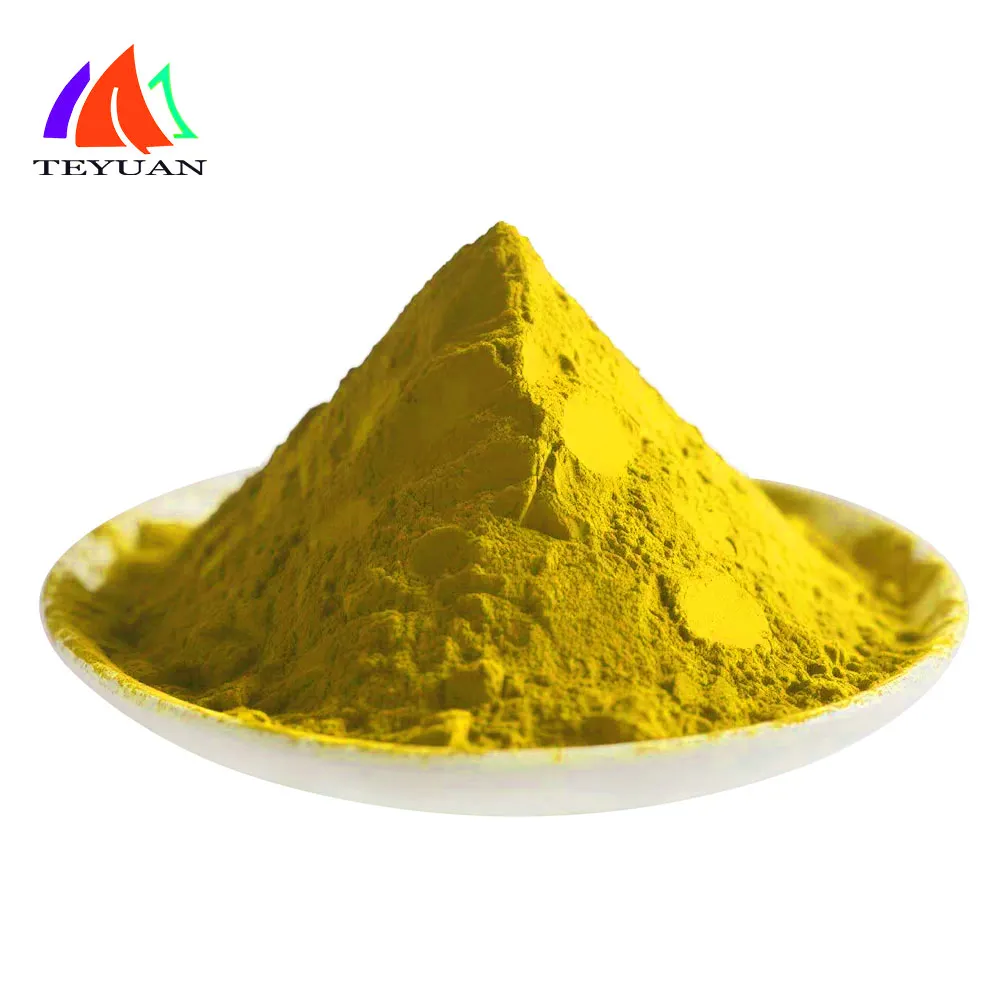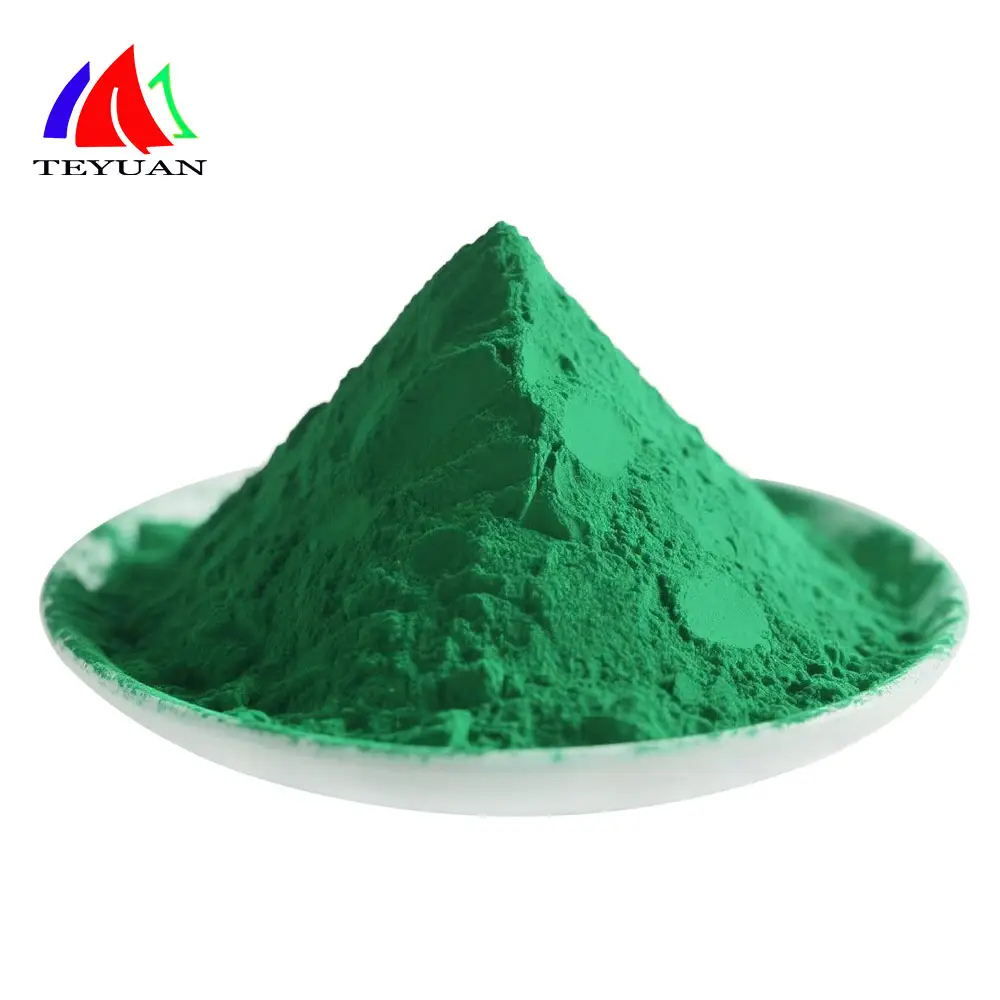Bringing Prints to Life with Rich Color Toner
When it comes to producing high-quality printed materials, the smallest details make a remarkable difference. The choice of toner, especially Color Toner, plays a pivotal role in defining the vibrancy, depth, and overall visual appeal of every print. From professional photo albums to high-end marketing materials, the right Color Toner can transform a flat, dull image into a visually captivating masterpiece. It’s not just about printing in color—it’s about enhancing every shade, gradient, and subtle highlight so the final product feels alive. By understanding how Color Toner works and why it matters, you can elevate your prints to a whole new standard of excellence.
Understanding the Role of Color Toner in Printing
The composition and properties of Color Toner
Color Toner is more than just pigment—it’s a finely engineered combination of polymers, pigments, and additives that work together to create sharp, lasting prints. Its composition is specifically designed to bond with paper fibers and produce a smooth, consistent layer of color. Unlike liquid inks, Color Toner consists of dry particles that melt and fuse with the printing surface under heat, ensuring that every hue appears solid and evenly distributed.
The polymers within Color Toner are typically thermoplastic resins that melt at specific temperatures, allowing precise control during the fusing process. Pigments are chosen for their high chroma, stability, and resistance to fading, while additives help with particle flow, preventing clumping and ensuring even distribution. Some advanced Color Toner formulations also incorporate wax-like components to improve gloss, durability, and water resistance.
How Color Toner interacts with printing surfaces
The interaction between Color Toner and printing surfaces is a complex process involving heat, pressure, and surface absorption properties. Glossy paper reflects light in a way that makes toner-based colors appear richer and more luminous, while matte surfaces diffuse light, giving prints a softer, more natural look. Specialty papers, such as textured or metallic finishes, can further enhance the visual impact when paired with high-quality Color Toner.
By understanding the chemistry of paper coatings and the melting characteristics of Color Toner, professional printers can fine-tune the process for optimal results. Even factors like ambient humidity, printer speed, and fuser pressure can influence the final quality, making knowledge of toner behavior a valuable skill.

The Impact of Color Toner on Image Depth
Layering and tonal range
Color Toner enhances image depth through precise layering of microscopic particles. This allows for smooth gradients and subtle shifts in color intensity, creating the illusion of three-dimensional space on a two-dimensional surface. By controlling the density of toner deposition, printers can achieve transitions from deep shadows to brilliant highlights without visible banding.
In photo printing, for example, a deep blue sky can fade naturally into the pale tones near the horizon without harsh lines. In product photography, Color Toner allows subtle texture shading that makes packaging images appear almost touchable.
Creating contrast and detail
Fine detail reproduction is one of the strongest advantages of Color Toner. It captures the intricate weave of fabrics, the individual hairs in a portrait, and the fine lines in technical drawings with remarkable clarity. High-contrast edges become sharper, making subjects stand out against backgrounds, which further enhances perceived depth.
This clarity is particularly important for industries such as packaging design, where product imagery must be both visually striking and precisely detailed. Even at smaller sizes, Color Toner ensures that barcodes, logos, and microtext remain legible.
Boosting Vibrancy Through Advanced Color Toner Technology
Pigment purity and brightness
The pigments in Color Toner are selected for purity, ensuring that colors are vivid without looking artificial. High-purity pigments have a narrower spectral reflectance curve, meaning they reflect specific wavelengths of light more effectively, producing stronger, cleaner colors. This is why a high-quality Color Toner can make reds appear more intense, blues deeper, and greens fresher compared to standard printing methods.
Stability and fade resistance
Long-term vibrancy is critical for materials that will be displayed or stored for years. Color Toner resists the fading effects of UV exposure, heat, and humidity thanks to both its chemical stability and the protective layer formed during fusing. Archival-quality Color Toner can retain over 90% of its original vibrancy even after prolonged exposure to sunlight, making it ideal for galleries, exhibitions, and heritage documentation.
Some formulations are also resistant to smudging and water, which is essential for printed items like menus, outdoor signage, and frequently handled promotional materials.
The Science Behind Color Toner Performance
Particle size and uniformity
The particle size of Color Toner is measured in microns, with most high-end formulations falling between 5 and 8 microns. Uniformity in particle size ensures even melting and bonding, resulting in smoother textures and more accurate color reproduction. Irregular particle sizes can cause graininess, uneven gloss, and color inconsistencies.
Smaller particles also help increase the resolution of prints, making them ideal for high-definition images and intricate vector graphics. This is why fine art reproductions often rely on premium Color Toner blends with ultra-fine particle engineering.
Fusion temperature and bonding strength
Color Toner is fused to the substrate at precisely controlled temperatures—too low and the toner won’t adhere properly, too high and the paper may warp or scorch. The ideal fusion temperature also depends on the type of paper or material being used. Glossy photo papers require lower fusing heat than textured card stock to prevent surface damage.
Optimal bonding ensures vibrant prints and enhances resistance to smudging and abrasion. This durability is crucial for applications like product labels, which must remain intact through handling and transport.
Application of Color Toner Across Different Industries
Photography and fine art reproduction
Professional photographers rely on Color Toner for prints that capture the richness of their original work. Subtle gradients in skin tones, deep blacks in shadows, and vibrant colors in landscapes all benefit from toner’s precision and consistency. Fine art printers use Color Toner to replicate the brushstroke details and layered color effects of original artworks.
Color Toner is also widely used for limited-edition prints, where maintaining consistent quality across each copy is essential. The precision of toner technology allows multiple prints to match exactly, ensuring collectors receive a true-to-original product.
Commercial and promotional printing
Marketing campaigns depend on visual impact, and Color Toner delivers. From eye-catching banners to premium brochures, toner-based prints hold attention with their vividness and clarity. Packaging design also benefits, as Color Toner ensures product images appear lifelike and appealing.
In retail, Color Toner is often used for point-of-sale displays, posters, and window graphics, where brightness and durability can influence customer perception and engagement.
Maximizing Results with the Right Color Toner Choices
Selecting the appropriate Color Toner type
Different printing needs require different toner formulations. Ultra-fine Color Toner is ideal for high-resolution photography, while outdoor signage demands weather-resistant variants. Some specialty Color Toner types are designed for metallic effects or enhanced texture.
When choosing Color Toner, it’s also important to consider compatibility with the printer model, as different machines have varying fusing temperatures and toner delivery systems.
Maintaining and calibrating printers
To fully realize the potential of Color Toner, printers must be regularly maintained and calibrated. This ensures correct color balance, consistent density, and accurate registration, minimizing waste and maximizing print quality. Routine cleaning of toner cartridges and fuser units prevents buildup that can cause streaks or dull spots.
Professional printing environments often use color management software in conjunction with Color Toner calibration, ensuring that on-screen designs match final prints as closely as possible.
The Future of Color Toner Technology
Innovations in eco-friendly formulations
Sustainability is becoming a priority in printing. New Color Toner formulations use biodegradable polymers and energy-efficient fusion processes to reduce environmental impact without sacrificing quality. Some even incorporate recycled materials into toner production.
These innovations allow companies to meet environmental goals while still benefiting from the sharpness and vibrancy of traditional Color Toner.
Integration with smart printing systems
Future printers will use AI-driven analysis to optimize Color Toner usage, adjusting particle density and fusion settings on the fly. This will enhance print quality while reducing waste. These systems may even suggest paper types or finishing options to maximize the toner’s visual impact.
Expansion into hybrid printing methods
The future may see Color Toner integrated with inkjet and 3D printing technologies, enabling entirely new visual effects and applications, from textured prints to interactive packaging. Imagine a brochure with both flat and raised color elements, all produced in a single print run.
FAQ
What makes Color Toner different from regular ink?
Color Toner uses heat to fuse pigment particles to paper, producing sharper and more durable prints compared to liquid ink.
How can I maintain vibrancy in prints over time?
Store prints away from direct sunlight and humidity, and choose fade-resistant Color Toner for long-lasting results.
Is Color Toner suitable for all types of paper?
Yes, but results vary by finish. Glossy paper enhances vibrancy, while matte paper offers a softer look.
Does Color Toner work for both text and images?
Absolutely. It delivers crisp edges for text and rich colors for images, making it ideal for multiple applications.
Table of Contents
- Bringing Prints to Life with Rich Color Toner
- Understanding the Role of Color Toner in Printing
- The Impact of Color Toner on Image Depth
- Boosting Vibrancy Through Advanced Color Toner Technology
- The Science Behind Color Toner Performance
- Application of Color Toner Across Different Industries
- Maximizing Results with the Right Color Toner Choices
- The Future of Color Toner Technology
- FAQ

